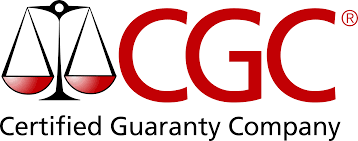Comic Pressing
Cleaning and Restoration
COMIC RESTORATION:
WHAT YOU SHOULD KNOW
What is Restoration?
Restoration
Restoration is the act of adding or replacing foreign material to a comic book using various techniques. The purpose of this is to return the book as close to its original state as possible. As a result, prior to the ’60s, collectors used to restore any and all books they could. Restoration had no effect on the value of books during this time causing many to be crudely restored. Some earlier methods involved tape, markers, pens, and glue.
History
In the 1970s, Comic book conservation pioneer Bill Sarrill created the first set of professional techniques to restore comic books. Sarrill started to use water and various solvents as well as refined the piece fill and colour touch process. Seeing books professionally restored started to actually add value to some books. At first, professional restoration was geared more towards lower-grade books that actually needed the work. Time has changed that as well as refined the restoration process as a whole.
Common Restorations
COLOUR TOUCH – This process replaces missing color or masks defects using materials such as acrylic paint, watercolors, pen, crayons, pastels, markers, or white-out. Color touch also refers to inpainting.
PIECE FILL – This is utilized to replace missing paper on a comic book using materials such as leaf casting, rice paper, donor parts from other comics, or copy paper. It is sometimes referred to as infilling.
TEAR SEALS – Seals are accomplished using an adhesive such as wheat paste and rice paper, or any type of glue, including white glue, wood glue, superglue, or paste.
SPINE SPLIT SEALS – These are essentially tear seals but occur along a comic book’s spine. Like tear seals, they also utilize adhesives and/or rice paper.
REINFORCEMENT – This process is used to support weak areas of a comic book, particularly the spine, staple areas, or a corner or edge. It can involve the use of rice paper or glue.
PIECE RE-ATTACHMENT – Re-attachment of loose pieces is like tear sealing, utilizing rice paper and/or various adhesives. You can find them on the outer edges of a comic book.
CLEANING – There are three basic types of Cleaning; Water, Solvent and Dry.
Cleaning
- Dry cleaning is not restoration.
- Solvent cleaning involves soaking a cover or pages in a chemical bath to remove certain kinds of tanning or foreign substance.
- Water cleaning involves a water bath that may contain chemicals that whiten or deacidify paper, or aids in the removal of stains, tanning, and creases.
Staples
STAPLE REPLACEMENT OR CLEANING – This involves replacing one or both original staples of a comic book with new or vintage staples, usually done when the original staples have become rusty or broken. Sometimes the original staples are chemically cleaned to remove rust or discoloration.
Other Cleaning
RE-GLOSSING – A process that enhances the gloss of a comic cover using a fixative spray.
GLUE – This is considered an amateur repair using non-archival glue, utilized to seal tears and splits, reinforce weak areas or re-attach loose pieces or pages.
TRIMMING – A technique that involves cutting off the edges of a comic book’s cover or pages to remove defects and sharpen edges. Unlike the other restoration techniques, trimming results in an improved appearance through destruction (loss of paper).
Welcome to
Comic Book Cleaning and Pressing
Video showing work on Werewolf by Night 32 Comic to increase its grade
1) WHAT IS COMIC BOOK PRESSING?
Comic book pressing is the use of a heat press and other techniques to improve the overall appearance and removal of defects from a comic book. If done properly a good press can increase the value of your book considerably.
2) CAN ALL BOOKS BE PRESSED, OR IMPROVED?
In theory all books can be pressed and should see some improvements. Some books make better candidates than others . Even never-before read, brand new books bought straight from the retailer can carry defects which if graded would stop the book from achieving its best possible grade, for example over saturation of ink on the paper that leaves the paper slightly wavy or crinkled.
3) WHAT MAKES A BOOK A GOOD CANDIDATE FOR PRESSING?
There are certain defects which are treatable, these include but are not limited to bends, folds, spine roll, rippling, indentation and creasing. However, any breaks in colour from these defects will not improve from pressing, despite the original defect being removed.
4) SO WHAT ARE THE NON-PRESSABLE DEFECTS?
As stated above any break in colour, even from small spine nicks will not be able to be pressed out. Other faults which can not be corrected but are not limited to include staining and foxing, colour touch, writing (pencil on white areas can be treated), rusty staples, tears, colour fade, popped staples and staple tear, and missing pieces. We are unable to guarantee that if your book has had restoration (for example colour touch, leaf casting and tear seals) on it done previously that we will spot it. We will, however notify you before continuing with your book if we do come across any restoration.
5) WHAT IS DRY CLEANING?
As well as the pressing service, books submitted will also receive a full dry clean to remove any surface dirt or grime. As the name suggests the cleaning is done using a variety on non-invasive techniques which aim to remove things like stacking and surface dirt from the book. Usually white areas see the best improvements. Staining, foxing and pen marks can not be cleaned off. The aim here is to revert the book back to visually how it would have looked originally.
6) IS CLEANING AND PRESSING NOT CONSIDERED RESTORATION BY GRADING COMPANIES?
Although certain collectors may disagree, cleaning and pressing is not viewed as restoration. Our aim is to help conserve the books. There is a whole world of difference between conservation and restoration.
7) WHAT TYPE OF BOOKS CAN BE PRESSED?
As well as normal books I can do square-bound books, i.e. glued spines, foil and holographic books, signed covers, UK comics. and over sized books including Treasury sized books. However, with the Treasury sized books please contact me before as these will need to be submitted at a different price due to the size and nature of the book.
8) AM I GUARANTEED A BUMP UP IN GRADE?
Unfortunately, due to the subjective nature of grading there is no guarantee. All care is taken on my part to increase the chances of getting an increase in grade, however I can not guarantee the outcome.
Prices :
Price quoted includes Pressing and Cleaning your Comic and the return of your comic insured
Comic Value up to £99 cost £20 each Comic for Pressing and Cleaning
Comic Value £100 - £1000 cost £25 each Comic for Pressing and Cleaning
Comic Value £1001 plus cost £50 each Comic for Pressing and Cleaning
Full Press and Clean
A full press and dry clean service will ensure maximum time has been taken to first remove as much cover dirt as possible. Followed by a heat press to remove creases and indentations, etc. This is not limited to just one press, as multiple passes maybe needed to reach the best possible results. You will not incur extra costs for extra pressing.
Before you send any comics please email us at thecgccomicshop@gmail.com
Payment by Paypal
Clean , Press , Restore & Protect your investments today and and have us send your submission directly to CGC
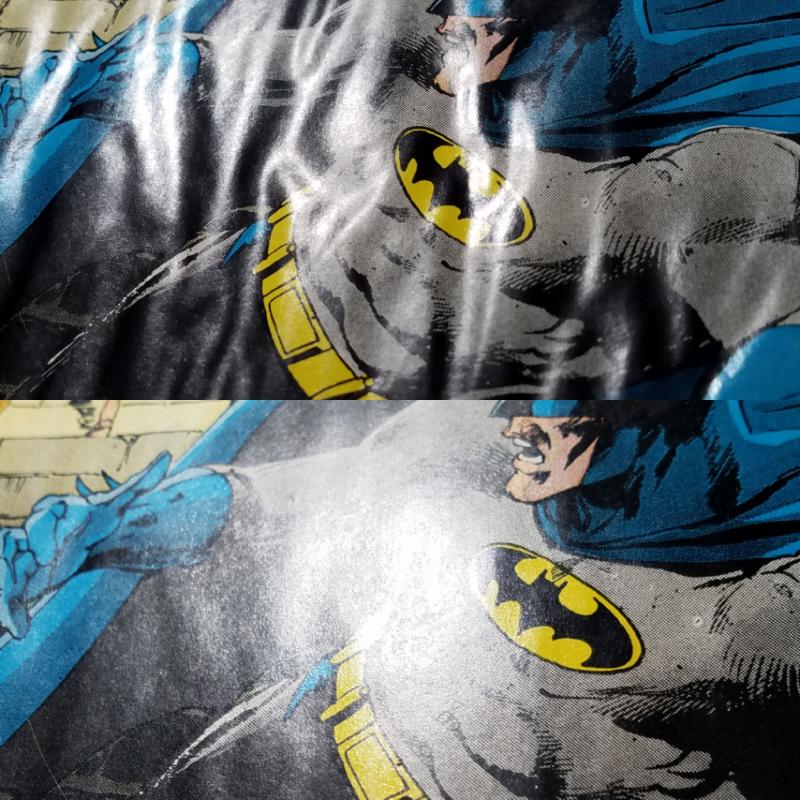
Slide title
Write your caption hereButton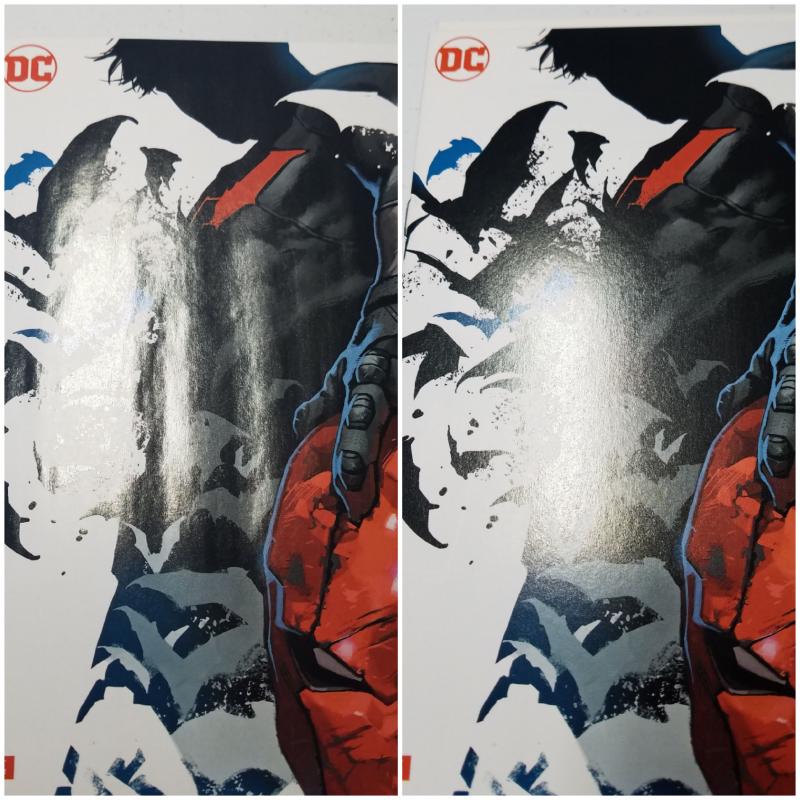
Slide title
Write your caption hereButton
Slide title
Write your caption hereButton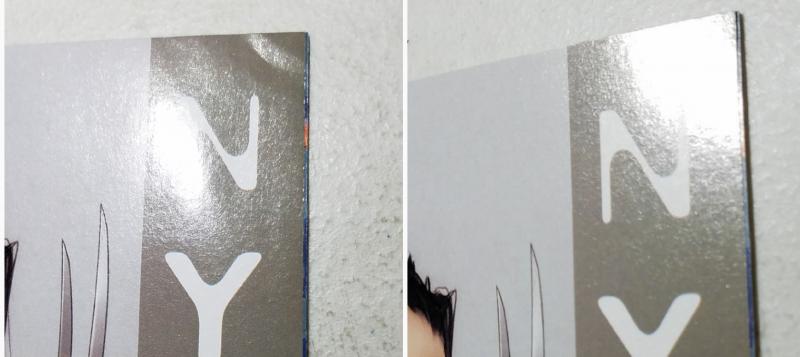
Slide title
Write your caption hereButton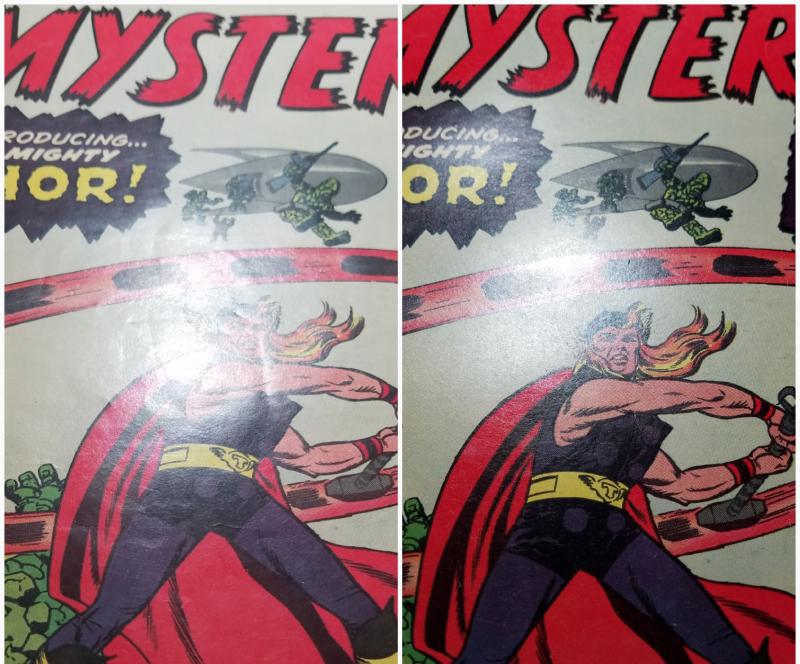
Slide title
Write your caption hereButton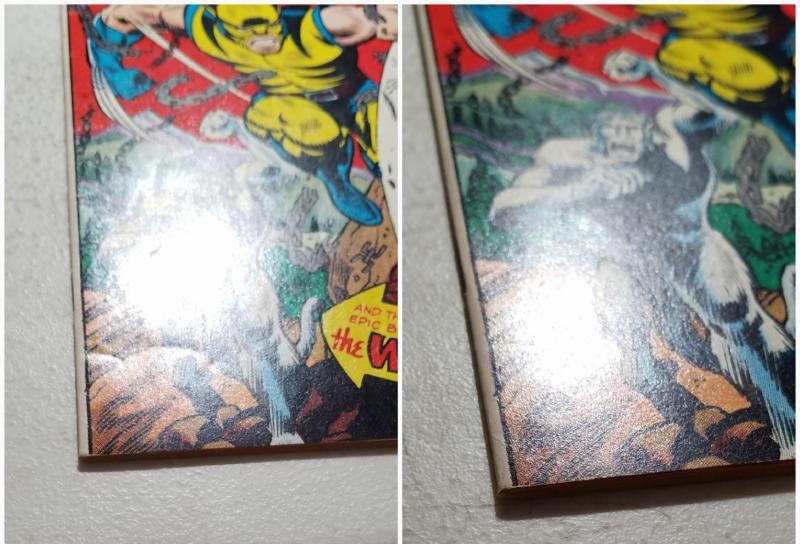
Slide title
Write your caption hereButton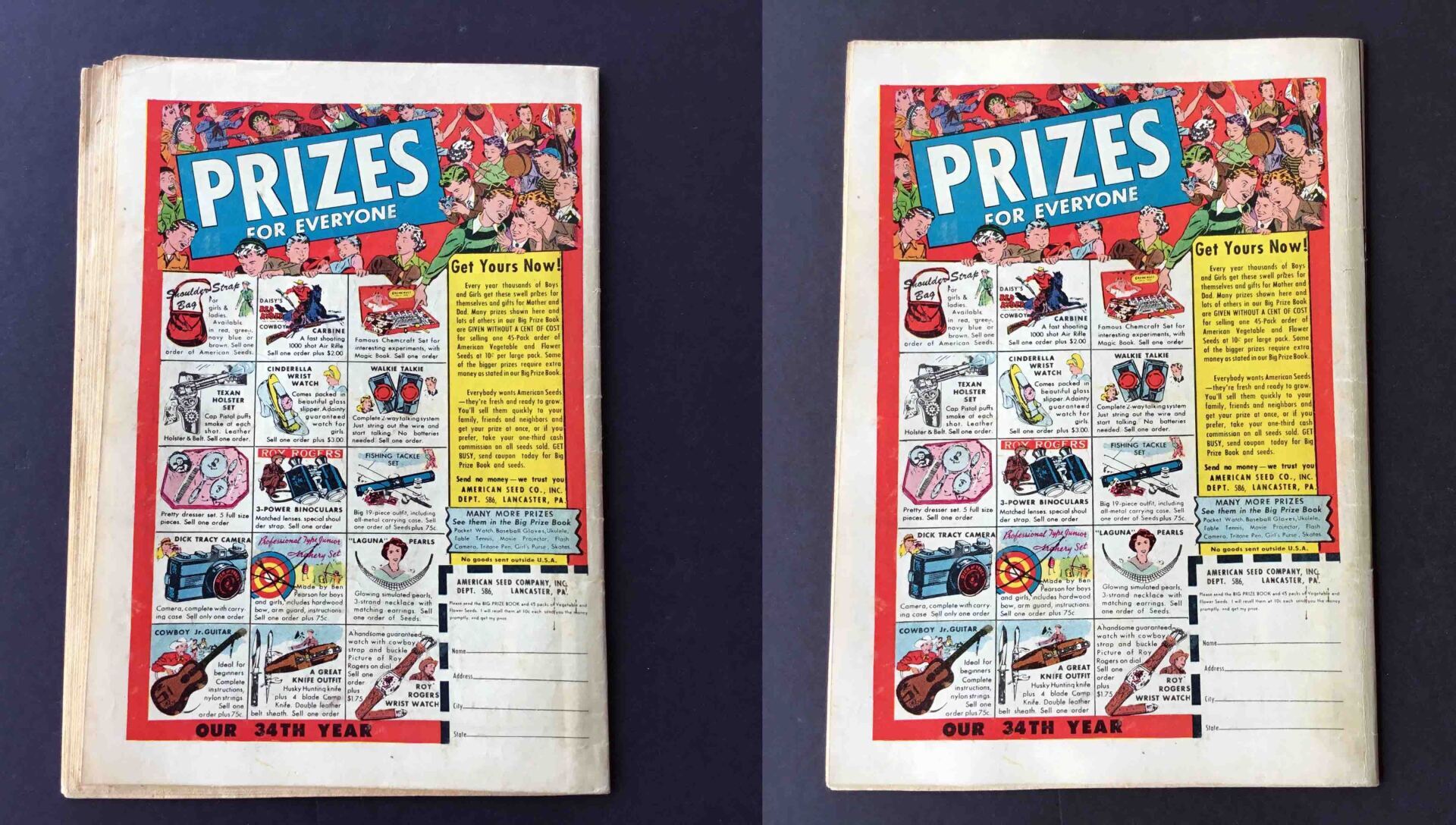
Slide title
Write your caption hereButton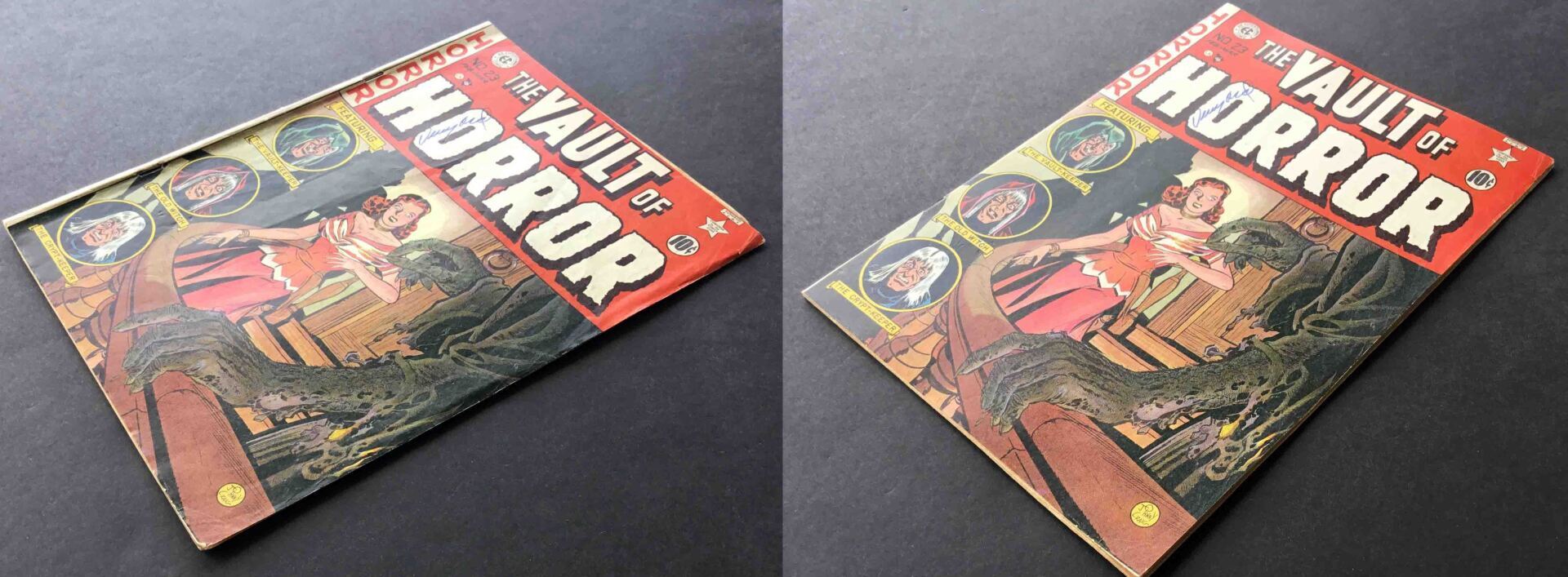
Slide title
Write your caption hereButton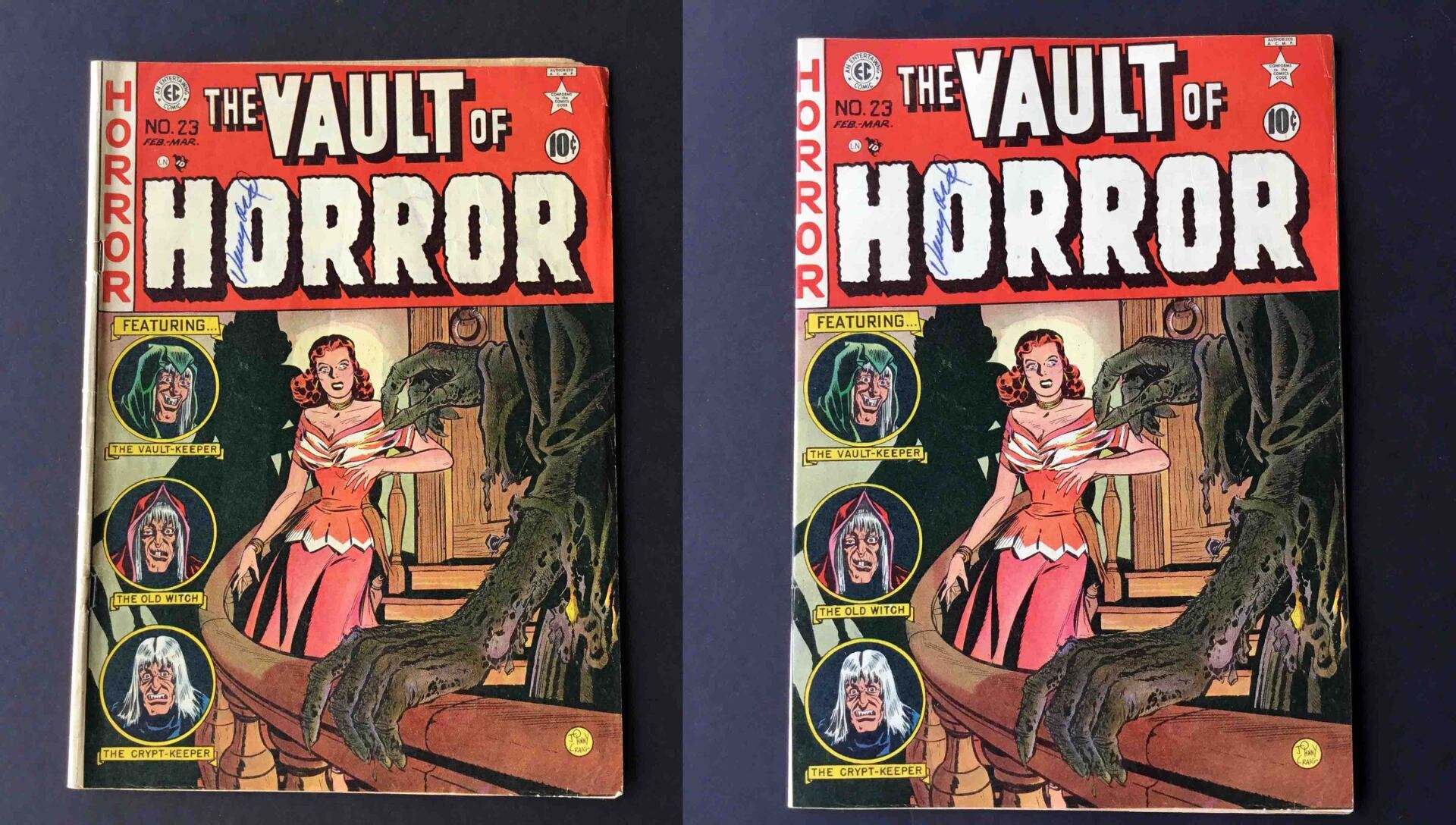
Slide title
Write your caption hereButton
Slide title
Write your caption hereButton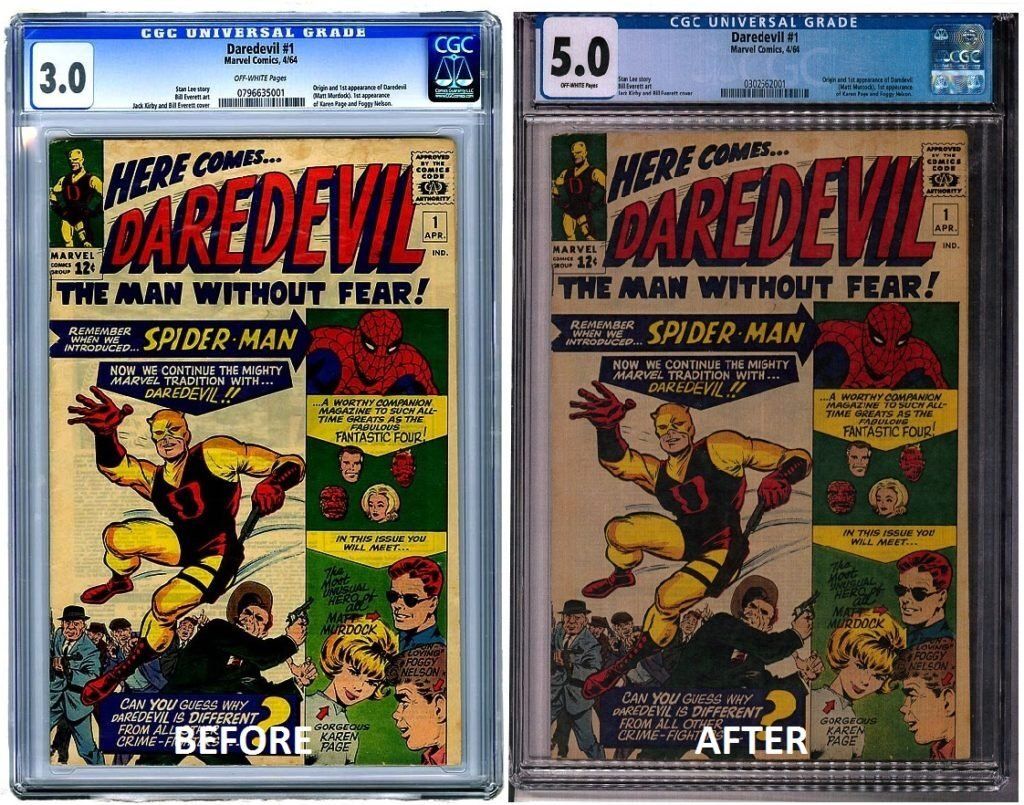
Slide title
Write your caption hereButton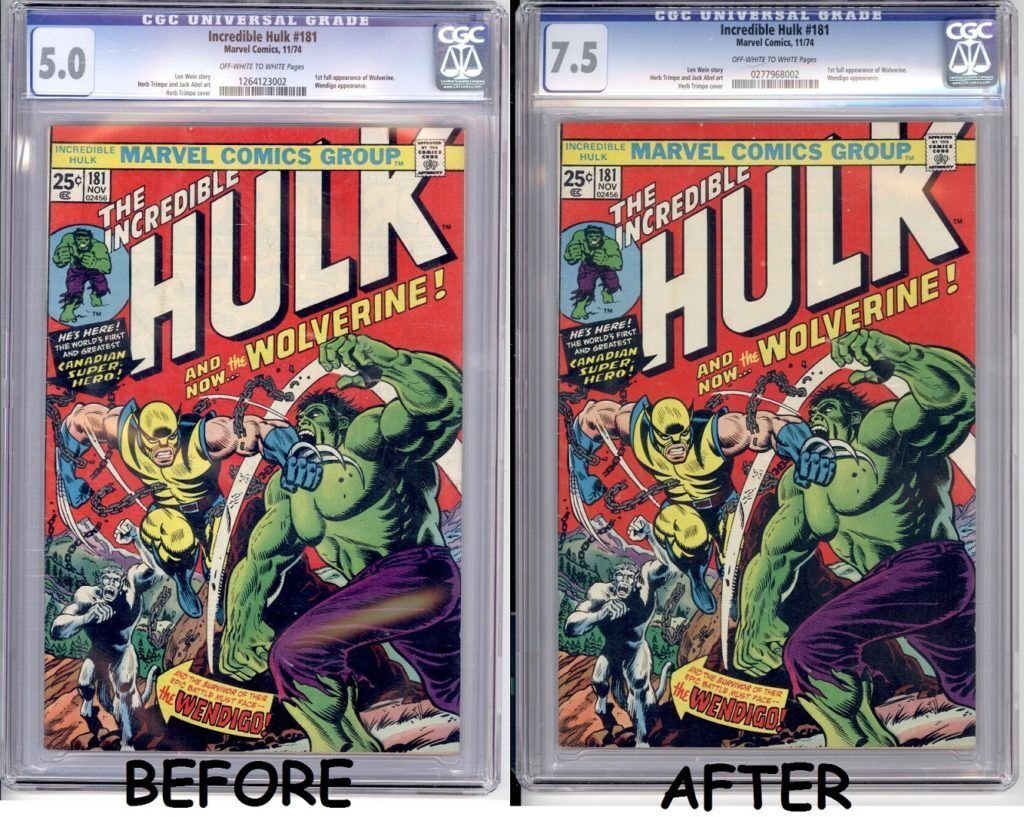
Slide title
Write your caption hereButton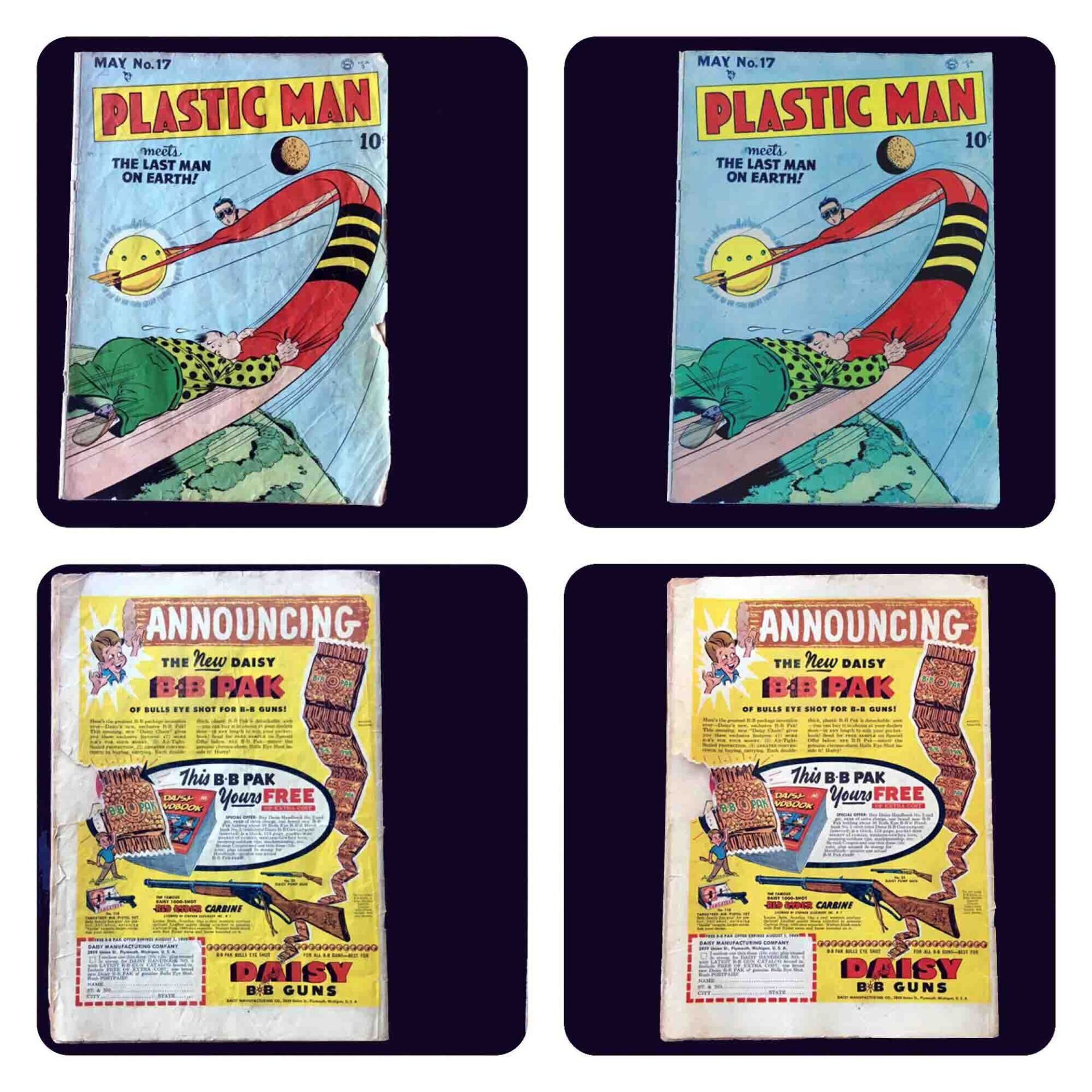
Slide title
Write your caption hereButton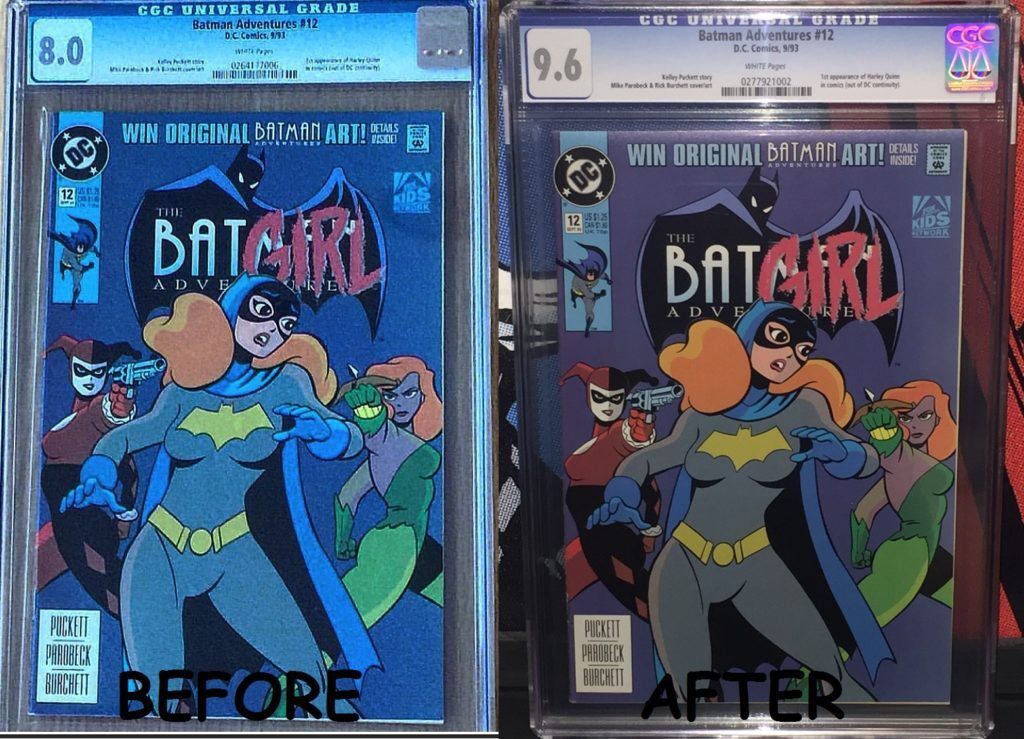
Slide title
Write your caption hereButton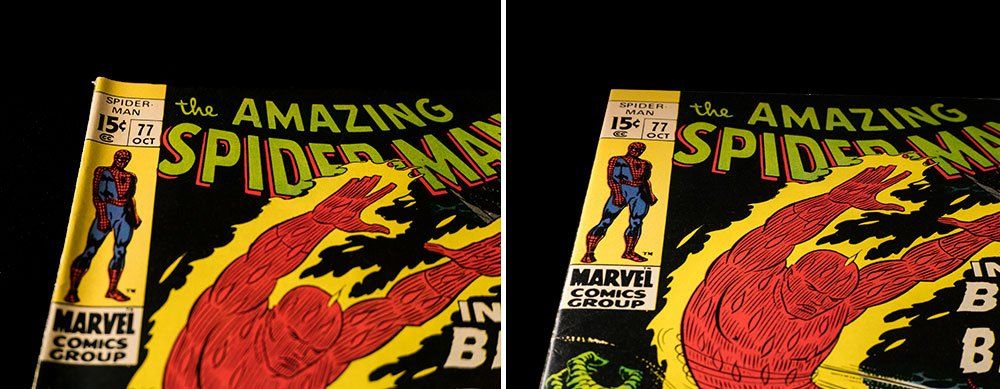
Slide title
Write your caption hereButton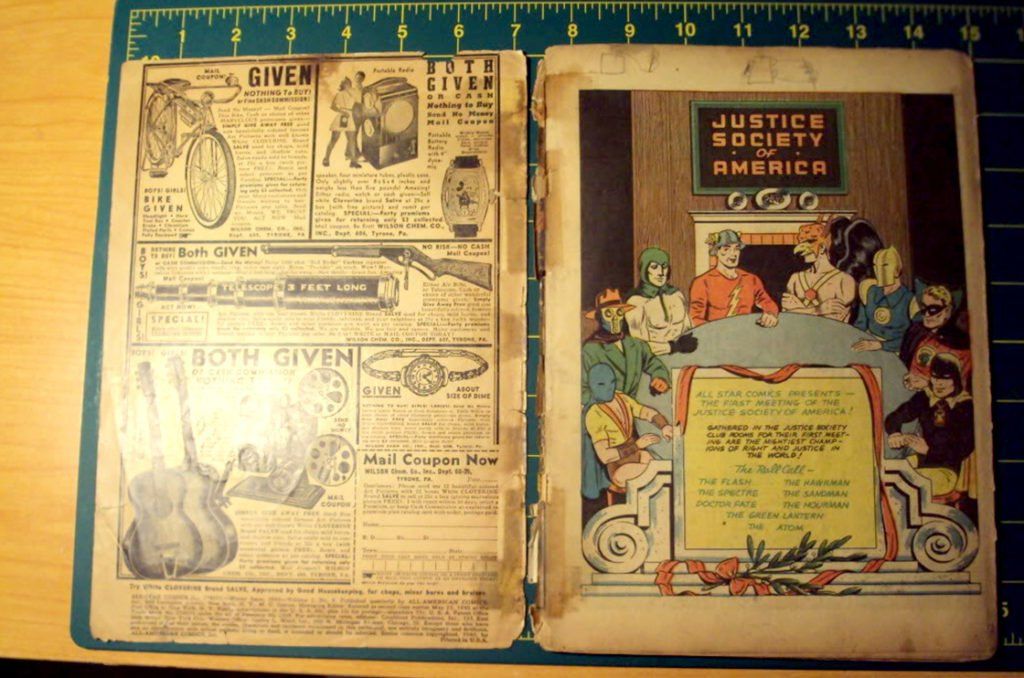
Slide title
Write your caption hereButton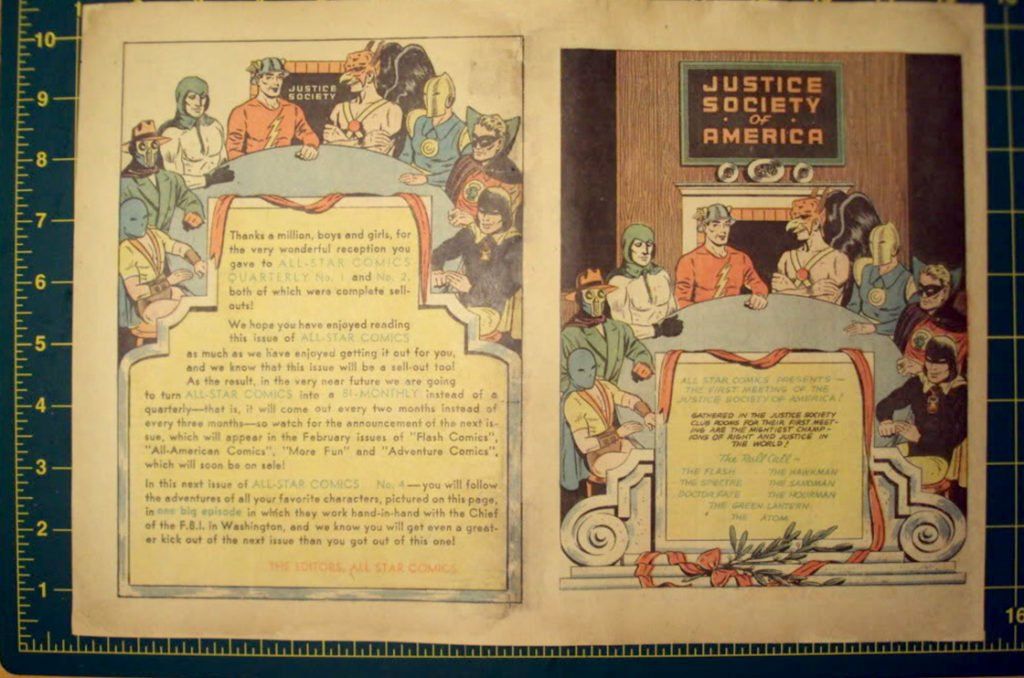
Slide title
Write your caption hereButton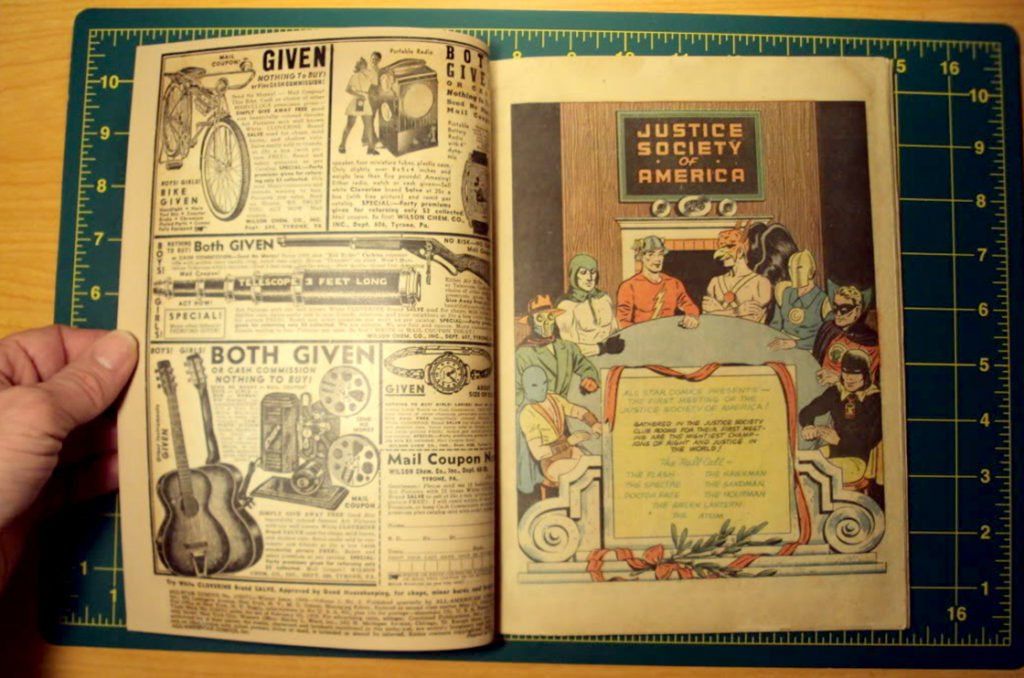
Slide title
Write your caption hereButton
Slide title
Write your caption hereButton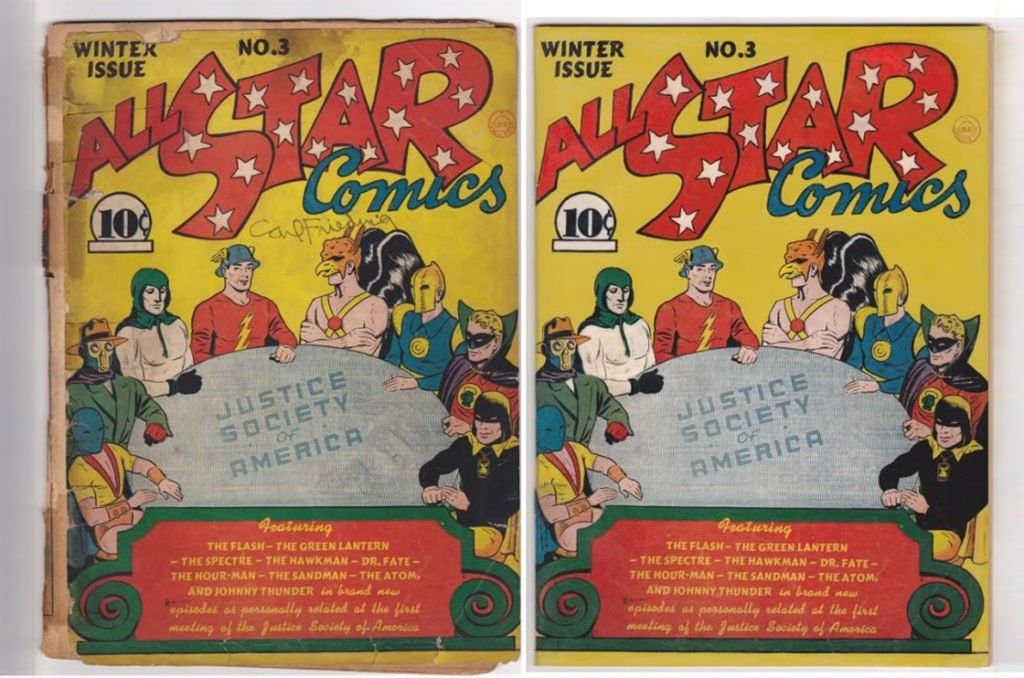
Slide title
Write your caption hereButton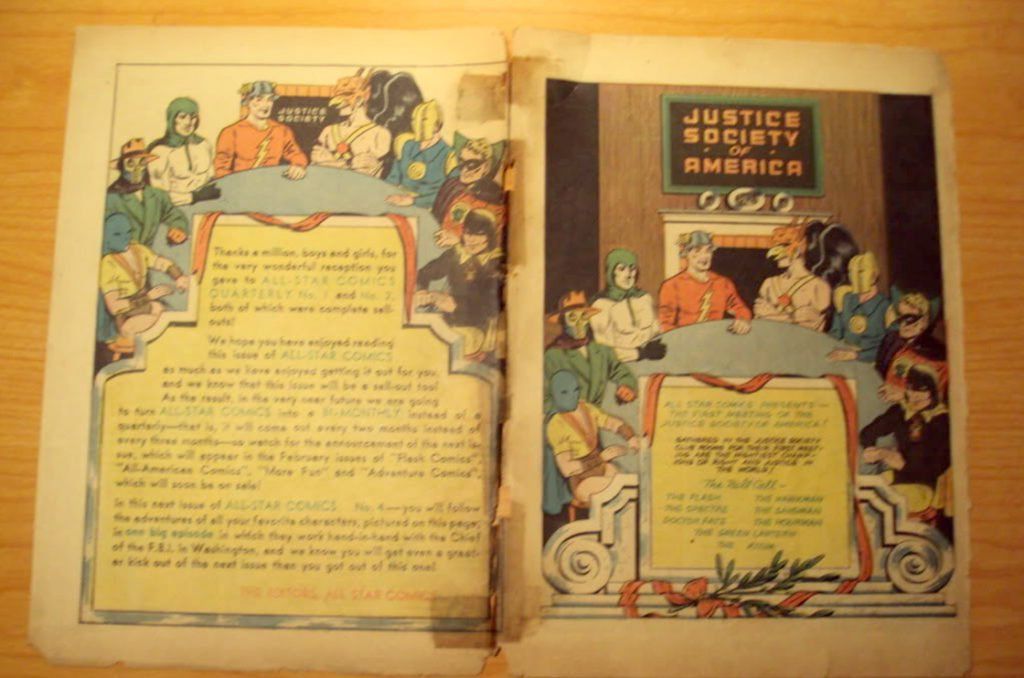
Slide title
Write your caption hereButton
Trimming
Trimming is easily the most difficult form of restoration to detect, at least with any degree of certainty. Variations in height and width during production are not only well documented (not only from title to title but often within the same title and issue number) but only add to the confusion. Trimming is sometimes so difficult to detect, that even the “experts” in the field have been known to mistakenly diagnose trimming from time to time. While it is sometimes almost impossible to say definitively that a book has been trimmed, there are some tell-tale clues to look for when examining a book for restoration.
If a book is suspect, begin with an examination of the top, bottom and leading (right) edges as trimming of these areas will reveal an edge that might appear too perfectly smooth without the natural burring or feathering expected from decades of handling. Another clue that an edge has been altered is a change in colour (or tone) along the edge or from edge to edge. For example, the center portion of the book pictured below is much dirtier than the top portion and the top is also smoother (or less textured) than the bottom. This is an indication that the top portion might have been trimmed. The cut edge appears whiter and cleaner than the other edges or whiter/cleaner than the overall surface image of the paper itself due to the lack of exposure to oxygen, surface dirt and contaminants over time.
Another clue to determine if a book has been trimmed is to look at the book from the top (or bottom). The folding process generally creates an interior edge that should form a point. If every other copy of the same book has fanned pages, but the interior pages on the copy you are examining have been transformed into a firm, hard edge, then the book has probably been trimmed. Keep in mind that there are books that were trimmed after binding (Golden Age books, specifically) so be careful about making a definitive judgement when examining books for trimming based on this method.
Typically, trimming is usually only done to the cover as it is very tempting for someone to improve the overall look and therefore “condition” of a book by removing an 1/8th of an inch of paper (or less) on a part of a book that easily suffers from rips, tears and chipping. When the trimming on a book is minimal, detection becomes even more difficult but careful examination and comparison of the suspected cut edge to the rest of the interiors will still reveal most changes in colour, texture and form.
Why choose The CGC Comic Shop
We originally began pressing in 1972 as a means of enhancing our own collection and a past-time. Having books graded or just improved to make them as best as they could be was always appealing. Following a time where we were just doing books for ourself's, I had a couple of people ask if I would press their books as well. Happy with the results they received I began pressing for more and more people, to a point where we are now doing it professionally.
We have cleaned and pressed and are still some of the top Comic Collectors comics in the world. All our cleaning methods use non-invasive techniques If for whatever reason we feel that your book won’t benefit from being cleaned and pressed, or perhaps too fragile we will never proceed without first contacting you and explaining why your book may not be a good contender for pressing and grading. The pressing of the book helps alleviate creases and bends, however there are a number of non-pressable defects to be aware of before, for example colour breaking spine nicks or folds in the paper, tears or cut-outs, staple tear, loose or missing pages, rusty staples, staining, etc. We are fully affiliated with CGC USA so once cleaned and pressed we can then grade and get slabbed .
Contact Us Ref Pressing , Cleaning and Restoration
Many thanks for your email , we will reply asap normally within 24 hours
Thankyou
The CGC Comic Shop
Please try again later.
We are a Professional Comic Trader with over 42 years experience in the Comic World . We are a leading CGC Agent , We find Comics for Customers , Press , Buy and Sell , Clean and Restore , Value and Grade etc
Contact info
All Rights Reserved | The CGC Comic Shop
CUSTOMER SERVICE
Open 24/7
Leave us your info
And we’ll get right back to you.
We will get back to you as soon as possible
Please try again later
